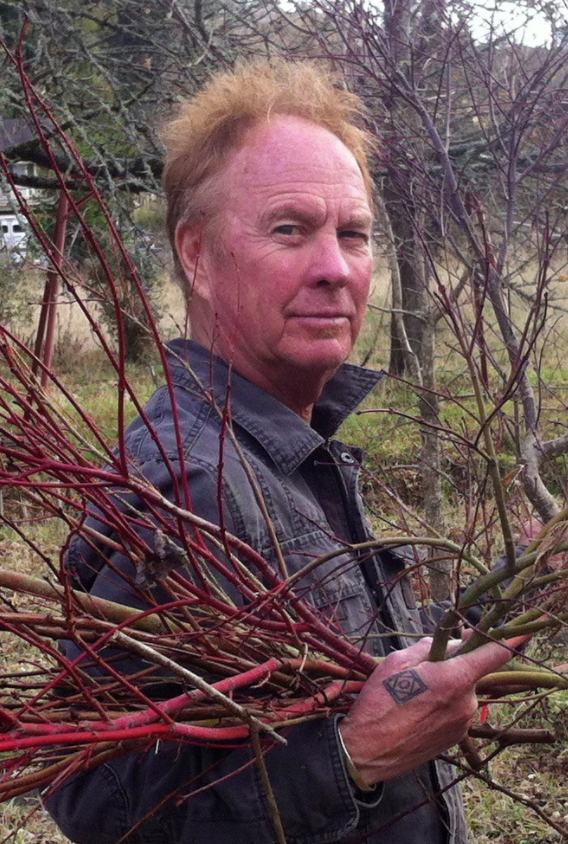Experience Unique Healing In Our Japanese Gardens
“At a fundamental level, humans have an innate need to connect with nature. When we are in nature – particularly, in a Japanese garden – we feel grounded and our senses are alert. Our pace slows, our heart listens, and … Read the rest


